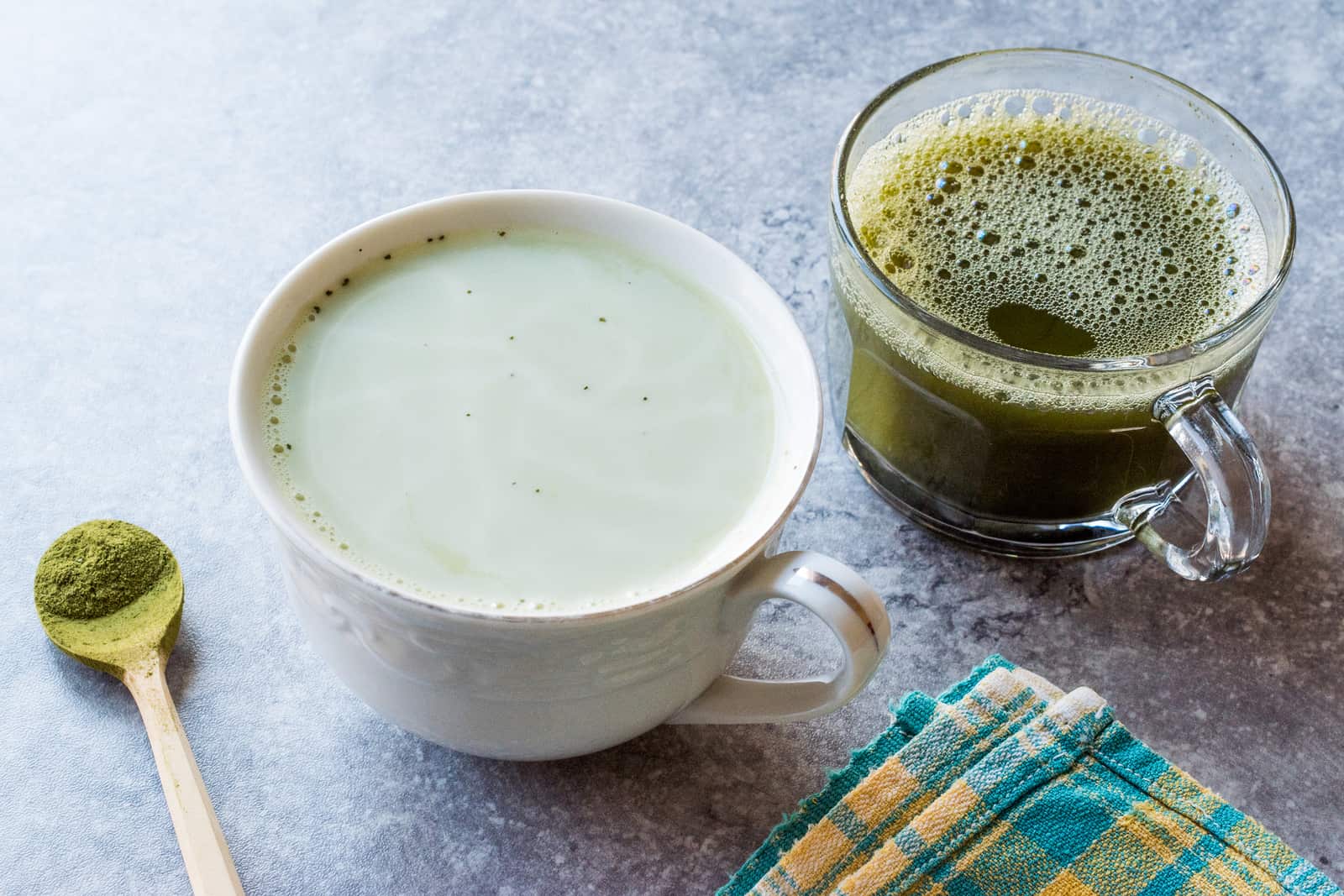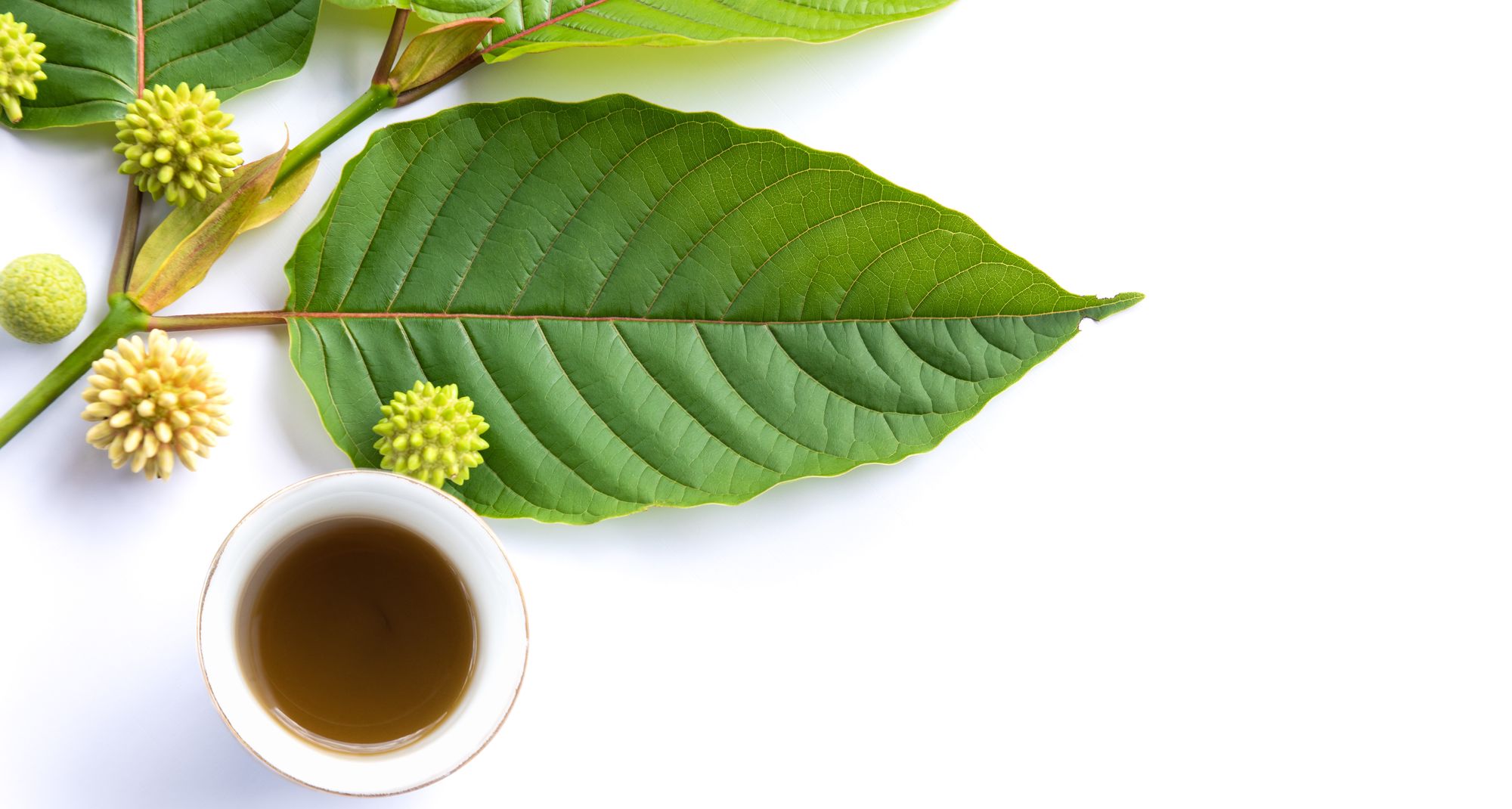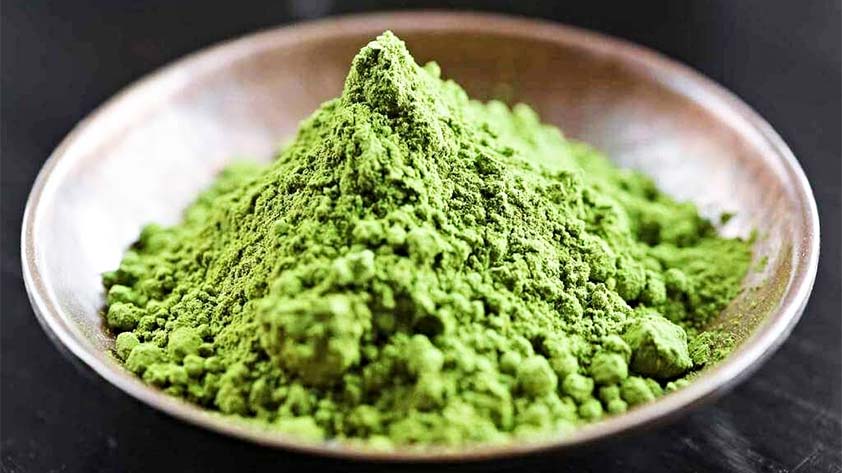For many kratom enthusiasts, the benefits of this fascinating plant are a valuable part of their daily wellness routine. However, as with any substance, regular use can lead to the development of tolerance, which can diminish the desired effects over time. By understanding the factors that contribute to kratom tolerance and implementing smart strategies for long-term use, you can maintain the benefits of this powerful botanical while minimizing the risk of unwanted side effects.
Rotate Your Strains
One of the most effective ways to manage kratom tolerance is by rotating your strains. Different strains of kratom, such as red, green, and white vein varieties, contain unique alkaloid profiles that can produce distinct effects on the mind and body.
By alternating between strains on a regular basis, you can prevent your body from becoming too accustomed to any one alkaloid profile. This can help maintain the potency and effectiveness of your kratom use over time. High Quality Maeng Da Kratom is a popular choice for those looking to rotate their strains, as it offers a balanced and versatile experience.
Many kratom users find success with a three-day rotation, using a different strain each day before repeating the cycle. Others may prefer to switch strains on a weekly or bi-weekly basis. Experimenting with different rotation schedules can help you find the approach that works best for your individual needs and preferences.
Take Tolerance Breaks
Another key strategy for managing kratom tolerance is taking regular breaks from use. Just as our bodies can become accustomed to the constant presence of kratom alkaloids, they can also benefit from periods of rest and reset.
Tolerance breaks, also known as “t-breaks,” involve taking a planned hiatus from kratom use for a set period of time. This can range from a few days to a few weeks, depending on your individual tolerance level and usage patterns.
During a tolerance break, your body has a chance to recalibrate and restore its sensitivity to kratom alkaloids. When you resume use after a break, you may find that you require lower doses to achieve the desired effects, and that the benefits of kratom are more pronounced.

Lower Your Dosage
In addition to rotating strains and taking tolerance breaks, another effective way to manage kratom tolerance is by keeping your dosage as low as possible. While it may be tempting to increase your dose over time to chase stronger effects, this can actually accelerate the development of tolerance and lead to diminishing returns.
Instead, try to find the lowest effective dose that provides the desired benefits for your individual needs. This may involve starting with a very low dose and gradually increasing until you find your “sweet spot.”
Once you’ve found a dosage that works well for you, resist the urge to continually increase it over time. If you find that your tolerance is starting to build and the effects are diminishing, consider taking a tolerance break or rotating strains before resorting to higher doses.
Support Your Overall Health
Managing kratom tolerance is not just about your kratom use itself, but also about supporting your overall health and well-being. By taking care of your body and mind through healthy lifestyle choices, you can optimize your kratom experience and minimize the risk of unwanted side effects.
This includes eating a balanced and nutritious diet, staying hydrated, getting regular exercise, and prioritizing quality sleep. Engaging in stress-reducing practices like meditation, deep breathing, or yoga can also help support your body’s natural balance and resilience.
By approaching kratom use as part of a holistic wellness practice, you can create a sustainable and beneficial relationship with this powerful plant.
The Power of Mindful Use
Ultimately, managing kratom tolerance is about cultivating a mindful and intentional approach to your kratom use. By staying attentive to your body’s responses, adjusting your habits as needed, and prioritizing your overall health and well-being, you can harness the potential of this fascinating plant while minimizing the risk of unwanted side effects.
Whether you’re a long-time kratom enthusiast or a newcomer to this powerful botanical, remember that less is often more when it comes to long-term use. By starting low, going slow, and listening to your body, you can create a sustainable and beneficial relationship with kratom that supports your health and happiness for years to come.














